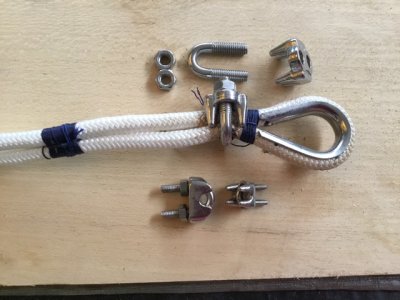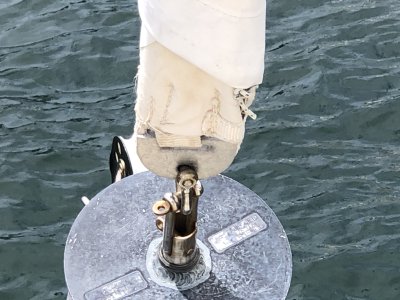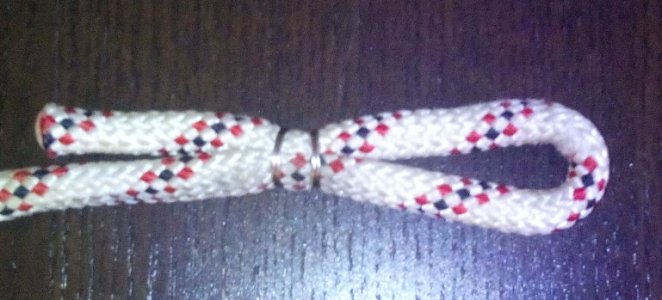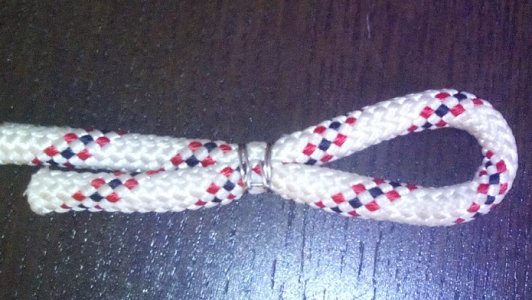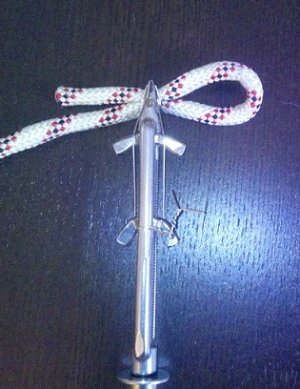andsarkit
Well-Known Member
You could probably attack the sides of the cone with a triangular file to add some grooves or even make it more a pyramid square shape. Some more information here: https://www.strider-resource.com/documents/resinsocketing.pdfHow much torque could those fitting transfer, before the metal body slips against the internal rope/resin?
I have only seen such terminals for steel wire, the internal side was perfectly round and polished

